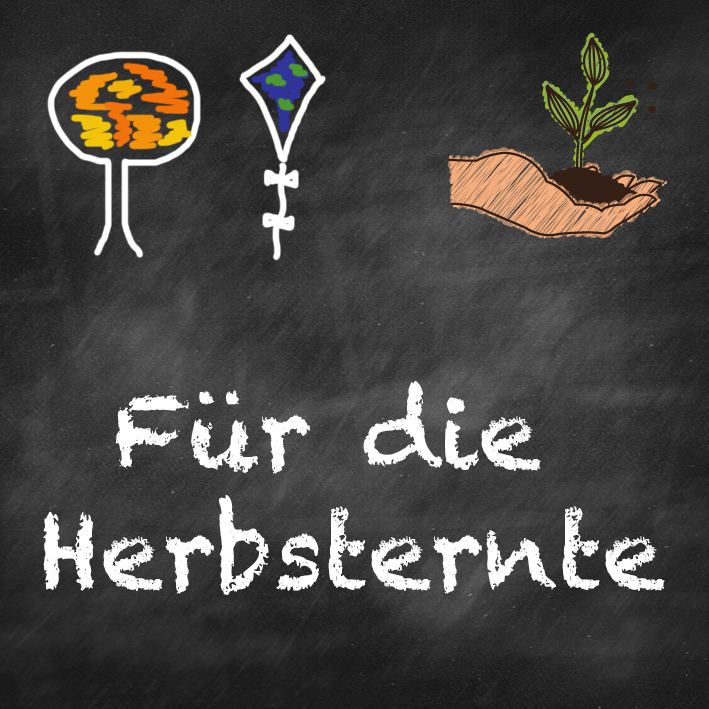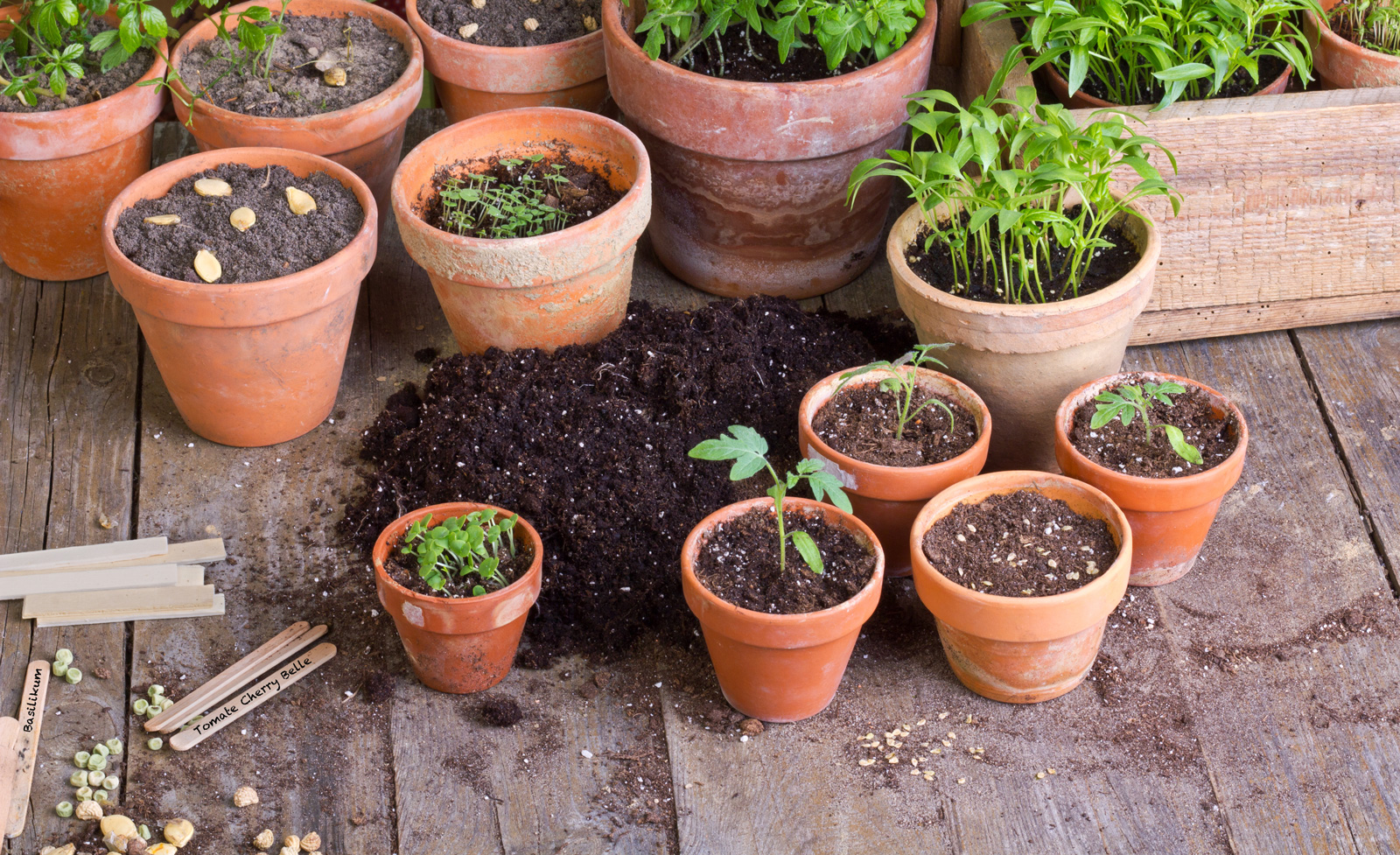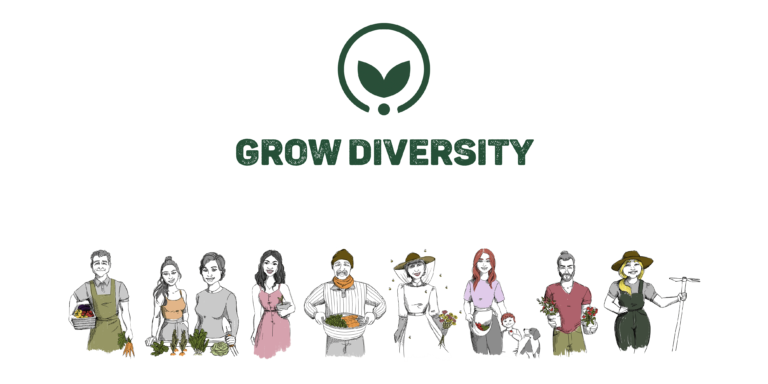Garden year: To Do’s in June
June is harvest time – water and enjoy!
In June the vegetable garden is full of surprises. Seeds are sown, planted, fertilized and most importantly: June is harvest time. Those who have sown diligently in spring can harvest the first tender vegetables from their own garden.
Harvest
The much preparatory work in spring is now paying off. Vegetables can be harvested to your heart’s content. Radishes, salads and much more can now be put on the plate and splendidly blooming flowers can be used for self-bound table bouquets.
Swiss chard: After harvesting, cut off the leaves above the heart, then it yields again after 8-9 weeks.
On sunny days, harvest nitrate-storing plants such as lettuce, spinach and radishes only in the late afternoon. This gives the plant time to use sunlight to incorporate the nitrate into the plant tissue.

Planting vegetables outdoors now
- Carrots, radishes, pumpkins, zucchinis and beets can now be sown directly outdoors no-tillage in June! They bear their first fruits within a few weeks, if they get enough heat and water.
- Cabbages such as stalk cabbage, cauliflower, broccoli and kale
- Salads such as lettuce, iceberg lettuce, Asian salads, lamb’s lettuce, pickled lettuce, chicory salad can still be sown outdoors.
- Cucumbers can be planted outdoors as young plants in June with a clear conscience. By the beginning of June at the latest, the last icy nights are over and there is no longer any threat of damaging frost.
- Tomato sprouting: With tomatoes regularly break off the side shoots and make sure that no leaves or shoots touch the ground. Sowing increases the fruit yield.
- Beans, peas and sweet corn can still be sown.
FERTILIZING: About four weeks after planting, the new plants are fertilized – for example with compost or Kokoto (100% organic organic fertilizer).
If there are still/again gaps in the bed, simply add new plants!
Asparagus and rhubarb
Asparagus can still be harvested until 24 June. After this date, the plant needs a resting period, during which it collects reserves for the coming year. On the same day, the rhubarb harvest is also finished. The reason is that in summer the stalks contain a lot of oxalic acid. They no longer taste good and become fibrous. Be sure to harvest lettuce as soon as the heads are big enough. In warm weather, they usually bud in a few days.
Let’s create the herb bed
Those who have not yet planted a herb bed should start in June at the latest. Herbs like parsley, basil, savory, borage, dill, chervil, coriander, lovage, chives, thyme and marjoram can be sown.
It is best to regularly remove the shoot tips of Mediterranean herbs such as thyme, sage, lavender and rosemary so that they grow denser. Cutting back basil and coriander is also worthwhile. Afterwards, the plants branch better and develop more aromatic leaves. The flowers of basil and chives are also popular with bees and bumblebees.
Beet-box for the autumn harvest
If you still need a little present for a loved one or want to give it to yourself: The beet-box “For the autumn harvest” contains perfectly matched varieties for a rich vegetable harvest in autumn.

Planting wildflowers
By the way, June is an excellent time for planting wild shrubs.
We see our wildflower program, which we were able to realize together with the Biobaumschule Ottenberg, as a special project to preserve biodiversity.
Monocultures and the use of harmful chemicals have largely displaced the variety of blooming flower meadows, hedges close to nature, idyllic brook banks and harmoniously merging forest edges. The loss of these species-rich habitats is the main reason for the dramatic decline of many species. Bees and butterflies find less and less wild flowers and native shrubs, i.e. food and natural nesting places.
Regional wild plants, however, attract birds, bees, wild bees, butterflies and many other animals and are optimally adapted to the respective location and climate.
For garden lovers we therefore offer a program to rediscover the native wild flowers in garden design with all their positive effects on soil, water, animal and plant life.






